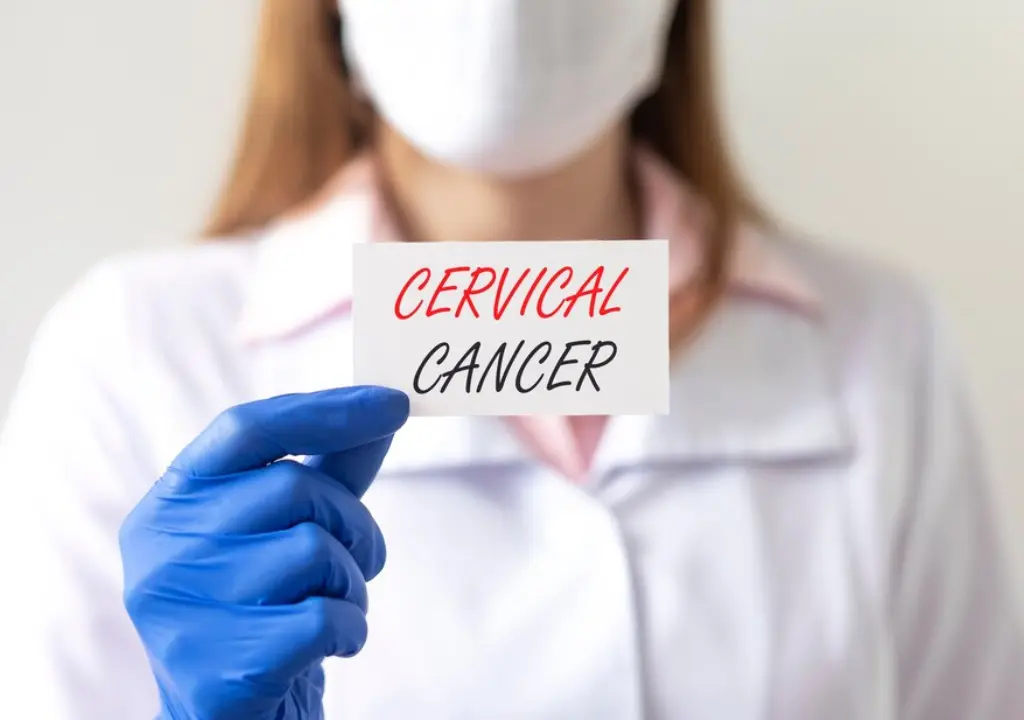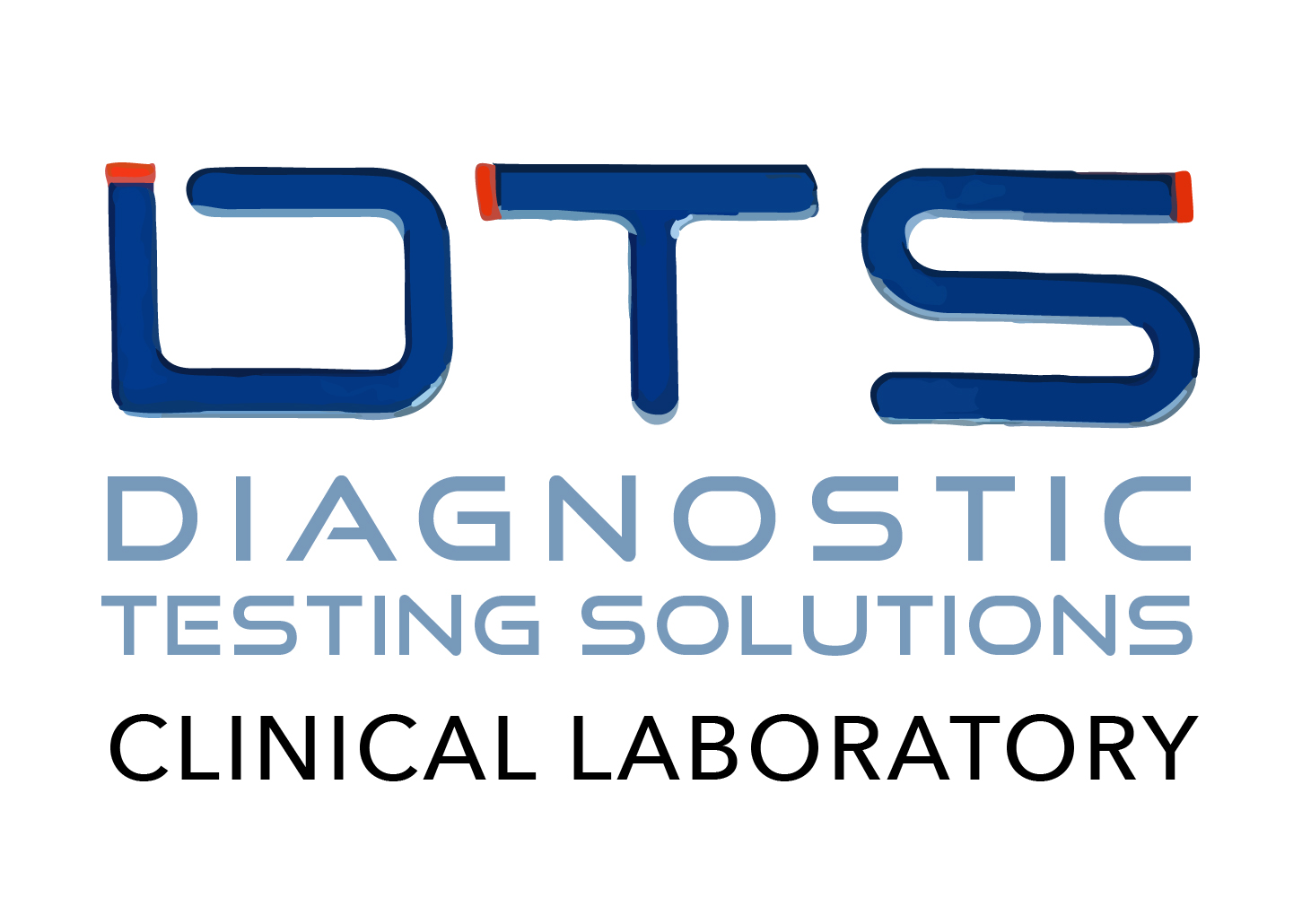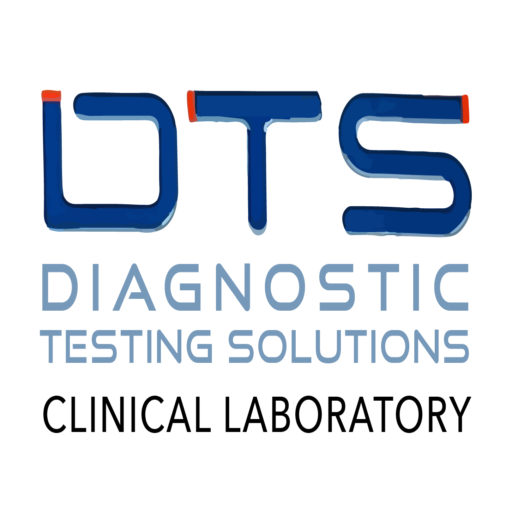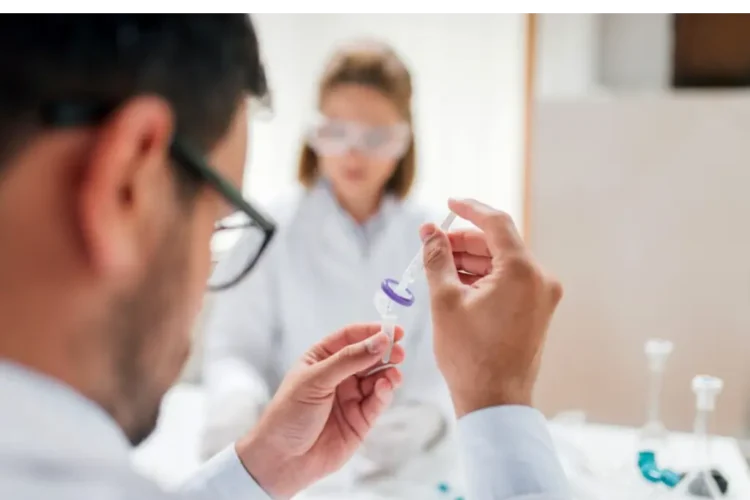
Cervical cancer is a significant health concern globally, particularly for women. One of the most common causes of cervical cancer is the Human Papillomavirus (HPV), a sexually transmitted infection (STI). Through early detection and prevention strategies, such as STD testing and HPV vaccination, the risk of developing cervical cancer can be significantly reduced.
What is Cervical Cancer?
Cervical cancer begins in the cervix, which is the lower part of the uterus connecting to the vagina. The main cause of cervical cancer is persistent infection with high-risk HPV types. Other factors, like multiple sexual partners, weakened immune systems, and early sexual activity, also increase the risk.
Key Points:
- Cervical cancer typically develops slowly, starting with precancerous changes in cervical cells (known as cervical dysplasia).
- Early detection through regular Pap smears and HPV testing makes this cancer highly preventable and treatable.
- Screening is essential for maintaining women’s reproductive health.
The Link Between STDs and Cervical Cancer
Sexually transmitted infections (STIs) play a major role in the development of cervical cancer, particularly due to the transmission of HPV. Regular STD testing is crucial in identifying these infections early, which helps in preventing the progression of cervical cancer.
HPV and Its Role in Cervical Cancer
HPV is the most common sexually transmitted infection globally and is directly linked to nearly all cases of cervical cancer. There are many types of HPV, but only a few high-risk strains are associated with cervical cancer. If these high-risk strains are left undetected and untreated, they can cause precancerous lesions that may develop into cancer.
Why Routine HPV Testing Matters:
- Early Detection: Identifies high-risk strains of HPV that could lead to cervical cancer.
- Preventative Care: Prevent HPV from progressing to cervical carcinoma by catching it early.
Other STDs and Cervical Cancer Risk
While HPV is the primary cause of cervical cancer, other STDs like chlamydia and herpes can increase the risk as well. These infections can cause inflammation and make the body more vulnerable to HPV infection, further raising the chances of cervical abnormalities.
Key Benefits of STD Testing:
- Chlamydia and herpes infections can lead to complications, increasing the risk of cervical cancer.
- Routine STD screening ensures early detection, reducing the chances of cancerous cell changes in the cervix.
The Importance of HPV Testing in Cervical Cancer Screening
HPV testing is an essential component of cervical cancer screening, as it detects the presence of high-risk HPV types that are known to cause cancer. This test is often done with a Pap smear to check for abnormal cervical cells.
When Should Women Get HPV Tested?
Current guidelines recommend that women begin HPV testing at age 30, often combined with a Pap smear for optimal results. For women younger than 30, a Pap test alone is typically sufficient since HPV infections in younger women often clear up on their own.
Important STD tests for women, including HPV testing, are crucial for maintaining long-term sexual health. Regular screenings help detect infections early, preventing serious health issues like cervical cancer.
Guidelines for HPV Testing:
- Ages 21-29: Pap tests every three years.
- Ages 30-65: Pap test with HPV every five years or alone every three years.
Regular sexual health screenings through HPV testing ensure that any high-risk infections are identified early, allowing for timely intervention and prevention of cervical cancer.
Pap Smears: A Crucial Tool in Detecting Cervical Dysplasia
The Pap smear test is another vital component of cervical cancer screening. It involves collecting cells from the cervix and examining them for abnormalities, such as precancerous or cancerous changes.
Pap Smear Results and Their Meaning
Pap smear results generally fall into three categories:
- Normal – No abnormal cells detected.
- Abnormal – This may indicate the presence of precancerous lesions like low-grade squamous intraepithelial lesions (LSIL) or high-grade squamous intraepithelial lesions (HSIL).
- Inconclusive – The results are unclear and require further testing.
Abnormal results don’t necessarily mean cancer. However, further testing, such as a colposcopy or cervical biopsy, may be needed to assess the extent of the abnormalities.
Follow-Up After Abnormal Pap Results
If abnormalities are detected, your healthcare provider may recommend additional tests or procedures to treat the abnormal cells before they develop into cancer. These might include:
- LEEP (Loop electrosurgical excision procedure) – Removes abnormal tissue.
- Cryotherapy – Freezes and destroys abnormal cells.
- Laser Therapy – Removes or destroys abnormal cervical cells.
How STD Testing Helps Prevent Cervical Cancer
STD testing is a crucial part of women’s healthcare, particularly in the prevention of cervical cancer. By identifying and treating sexually transmitted infections (STIs) early, the risk of developing cervical lesions and other cancerous conditions is reduced.
Why STD Testing is Essential for Cervical Cancer Prevention
Regular STD testing is critical for detecting infections that increase a woman’s risk of developing cervical cancer. Identifying and treating infections like HPV or chlamydia early helps prevent these infections from progressing to more serious conditions.
Benefits of STD Testing:
- Early Intervention: Prevents cervical lesions from progressing into cancer.
- Comprehensive Health Screening: Complements Pap smears and HPV tests in a full cervical cancer prevention plan.
HPV Vaccination:
The HPV vaccine is one of the most effective ways to prevent cervical cancer. Vaccines like Gardasil protect against the most common high-risk HPV types that cause cervical cancer and other HPV-related cancers, such as genital warts.
Who Should Get the HPV Vaccine?
The HPV vaccine is recommended for both girls and boys starting at age 11 or 12, but it can be administered as early as age 9. It’s also recommended for individuals up to age 26 who have not yet been vaccinated.
Vaccine Guidelines:
- Ages 9-12: Recommended starting age.
- Ages 26 and below are the Ideal age group for the vaccine.
- Ages 27-45: The vaccine can be beneficial depending on individual risk factors.
By receiving the HPV vaccine, individuals significantly reduce their risk of developing cervical and other HPV-related cancers.
Routine Sexual Health Screenings and Their Role in Cervical Cancer Prevention
Routine sexual health check-ups are crucial for early detection of STDs and cervical abnormalities. By combining regular Pap smears, HPV testing, and general STD screenings, women can proactively manage their reproductive health and reduce the risk of cervical cancer.
Frequency of Screenings
Health guidelines suggest the following screening schedules:
- Ages 21-29: Pap test every three years.
- Ages 30-65: Pap test every 3 years, or Pap test with HPV test every 5 years.
Regular check-ups and screenings allow for the early detection of cervical abnormalities that could develop into serious health problems if left untreated.
Conclusion:
STD testing, especially for HPV, plays a crucial role in the early detection and prevention of cervical cancer. Routine Pap smears, HPV testing, and regular sexual health screenings enable women to catch infections early, preventing them from progressing to more serious conditions like cervical dysplasia or carcinoma. Additionally, the HPV vaccination is a key preventive measure that can significantly lower the risk of developing HPV-related cancers when combined with regular screenings and proactive health care.
The importance of repeat STD testing after treatment cannot be overstated. Infections such as chlamydia, gonorrhea, and HPV can recur, making it essential to retest after treatment to ensure they are fully cleared. Repeat testing helps detect any asymptomatic infections, allowing for timely treatment and reducing the risk of long-term complications, further safeguarding women’s reproductive health and overall well-being.
FAQ’s
What STD is associated with cervical cancer?
Human papillomavirus (HPV) is the sexually transmitted infection most commonly associated with cervical cancer. High-risk HPV types cause nearly all cervical cancer cases.
What test prevents cervical cancer?
The Pap smear helps prevent cervical cancer by detecting abnormal cells in the cervix early, allowing for timely treatment before they progress to cancer.
Which test helps prevent deaths due to cervical cancer?
The HPV test, when combined with a Pap smear, significantly reduces deaths by identifying high-risk HPV infections and abnormal cell changes early, improving treatment outcomes.
What are preventative measures for cervical cancer?
Preventative measures include regular Pap smears, HPV testing, HPV vaccination, and practicing safe sex, such as using condoms and limiting the number of sexual partners.
What is the primary prevention method for cervical cancer?
The HPV vaccine is the primary prevention method for cervical cancer, protecting against the high-risk strains of HPV that cause the majority of cases.
Can condoms prevent cervical cancer?
While condoms reduce the risk of HPV transmission, they do not provide complete protection from the virus. Regular screening and HPV vaccination are also essential for cervical cancer prevention.






